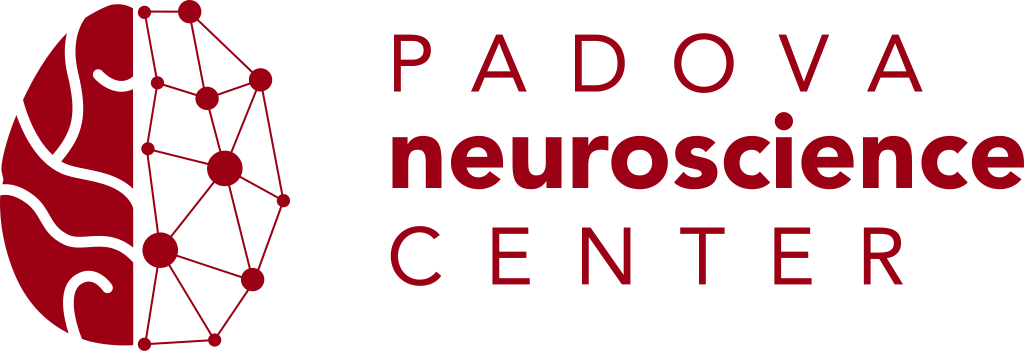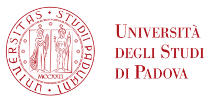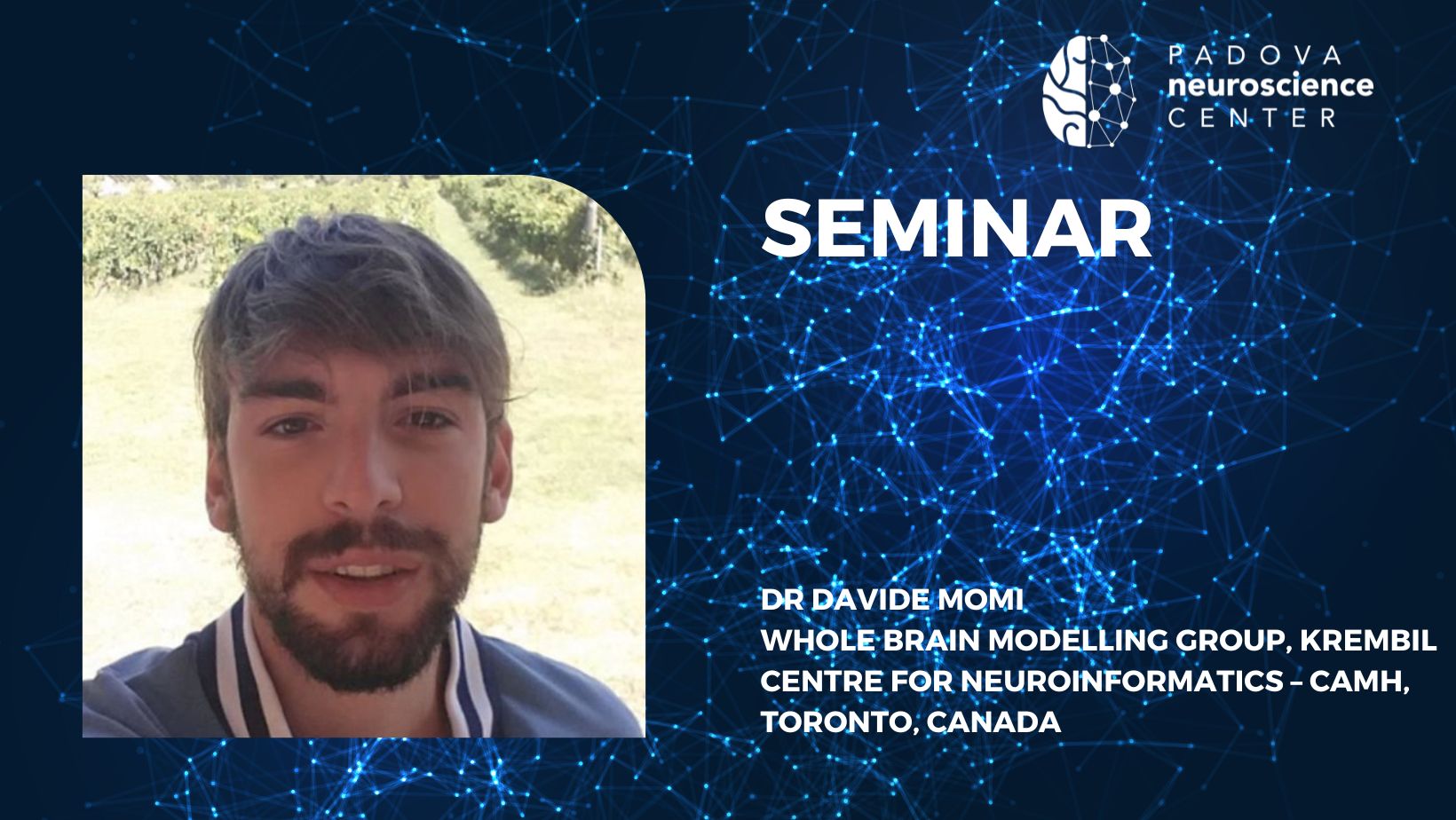by Dr Davide Momi (Krembil Centre for Neuroinformatics, Toronto, Canada)
When: December 13, 2023, at 2:45 pm
Where: Sala Seminari VIMM (Building A, Ground Floor, Via Orus 2, Padova)
The human brain comprises distinct resting-state networks (RSNs) characterized by spontaneous activity patterns. Despite this highly structured functional pattern, its laws of motion and principles of organization have proven challenging to understand with currently available measurement techniques. In such epistemic circumstances, an extremely elegant modus operandi to investigate brain complexity with high spatial and temporal resolution entails the administration of precise and synchronized external stimulation, followed by a meticulous examination of the resulting induced propagation dynamics that emerge in response to these perturbations. In this framework, a combination of empirical stimulus-evoked data analyses and whole-brain, connectome-based neurophysiological modelling provide an elegant scaffold to investigate questions around the physiological basis and spatiotemporal network dynamics of RSNs’ activity. Deciphering this evoked propagation pattern is essential for a comprehensive understanding of the brain’s response to stimulation and therefore for personalized and targeted interventions, with potential applications ranging from therapeutic treatments to cognitive enhancement.


